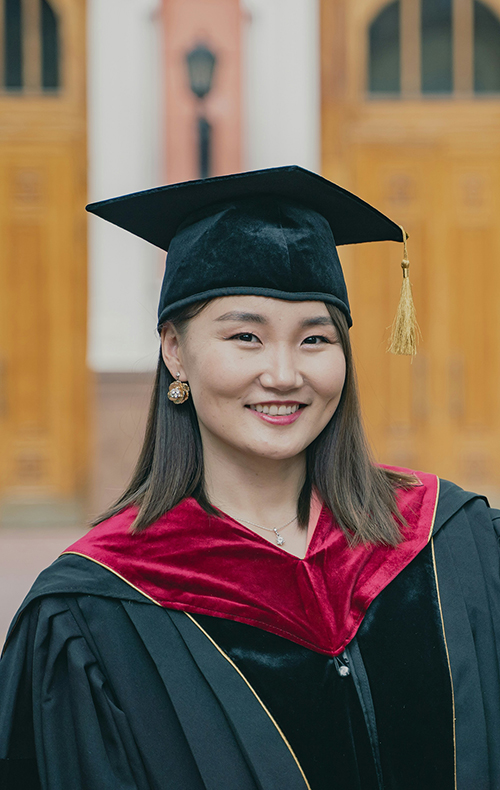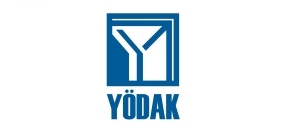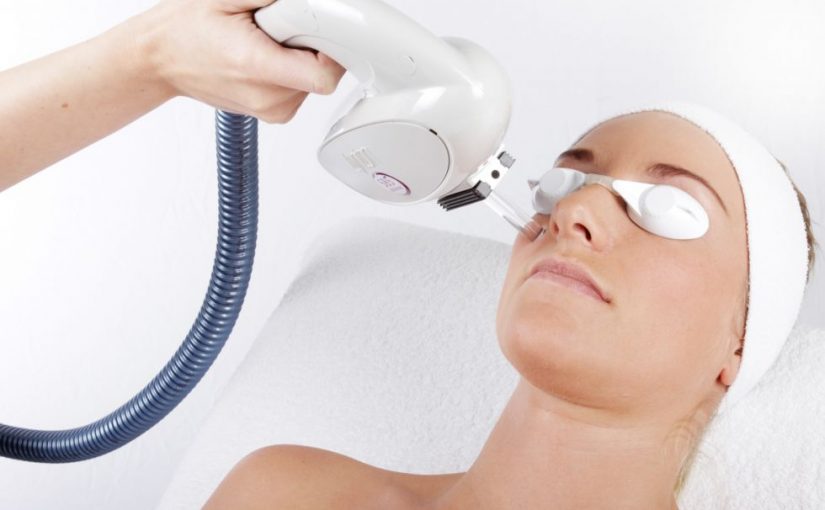(UK Level 4, 320 GLH Course, also approved and endorsed by Dietl University Poland)
Most comprehensive qualification with Fast Track Route for Professionals already in the medical or aesthetics field.
Level 1: Laser / IPL Treatments
Level 2: Body Shaping Treatments and Technologies
DURATION: Training will consist of 15 online lessons and a minimum of 60 practical hours.
START YOUR MEDICAL & BEAUTY AESTHETIC TRAINING TODAY
We offer comprehensive, hands-on, theoretical, and practical training in Laser, IPL, and a range of aesthetic treatments and technologies. Practical hands-on training will be administered at Bodevolution clinics where you will learn how to administer over 20 different treatments using 8 different laser applications!
We are passionate not only about the industry but also about empowering you with an alternative career opportunity. Training will equip you to administer treatments as a qualified Aesthetic Laser Therapist, which will enhance your skills and offer the Entrepreneur-in-You an opportunity to start your own Aesthetic Laser Clinic. We also offer Franchise opportunities to our successful graduates.
Course Description:
This is a practical and knowledge-based qualification, which will prepare you to work as a laser / IPL therapist for all types of hair removal and skin rejuvenation as well body shaping treatments with the most popular available noninvasive technologies.
This intensive hands-on training program with 320 credit hours will cover how lasers and IPL work including the physics of lasers / IPL and the interaction of lasers with a tissue. Information on the most commonly used dermatologic lasers and their parameters will be presented. An overview of the anatomy and physiology of skin and hair, parameters for permanent hair reduction, photo facial, vascular and pigmented lesions, and tattoo removal will be an important part of the course. The lectures will include Lasers / IPL mediated skin tightening and resurfacing, acne treatment, pigmentation and vascular lesions removal, skin typing, and operational and treatment safety measures. Discussion of the management and treatment of adverse events, the benefits, expected results and outcomes, and available alternative treatments will be covered. Focus on patient consultation, selection and education, safety and efficacy issues, and important criteria for successful treatment are included in the program.
As a Laser / Aesthetics therapist, you make complex, high level, independent judgments in consulting with clients and analyzing their skin and hair characteristics, designing and evaluating intense pulsed light and laser hair reduction treatment programs, selecting and using appropriate technology, and in compliance with regulatory requirements by responsible authorities.
Knowledge elements of this qualification will enable learners to:
- know and understand the requirements for regulatory compliance and effective working practices when providing treatments
- know and understand the health, safety, and hygiene requirements when providing treatments
- know the procedure for carrying out risk assessments and implementing findings
- know the environmental and workplace requirements for the clinic/practitioner
- know and understand the systems of the body, their interdependence on each other, and how they can affect non-medical aesthetic treatments
- know the structure and function of the skin
- understand the signs, symptoms, and pathophysiology of diseases and disorders relevant to nonmedical aesthetic practice
Course Outcome
This qualification reflects the role of individuals who apply substantial specialized knowledge and skills to design and safely apply non-ionizing radiation treatments using intense pulsed light and laser technologies to reduce unwanted hair on the face and body. In this role you will be able to make complex, high level, independent judgments in consulting with clients and analyzing their skin and hair characteristics, designing and evaluating intense pulsed light and laser hair reduction treatment programs, selecting and using appropriate technology, and applying it within the context of a safe client and operator practices and in compliance with regulatory requirements.
In the skin unit, we cover the reduction of fine lines, improving the appearance of sun-aged skin, and smoothing out pigmentation, color tone, and texture. We also teach how to treat skin blemishes such as blood spots, thread veins, and age spots.
In the technology unit, we cover different types of IPL, SHR, and LASER machines and teach that how to check and select good standard machines and equipment and about the basic maintenance and quality standards.
You will learn safe work practices and client health. Since paying clients often share personal and intimate conversations, we will teach you how to become a good listener and to say the right things so as not to offend or upset clients.
Syllabus
THIS COURSE WILL EXAMINE THE FOLLOWING UNITS:
All topics are categorized and included in the following units.
Level 1
- UD 101 Management of Health, Safety and Security
- UD 102 Human Anatomy, Physiology of skin and aging
- UD 104 Quality management of Client Care and Communications
- UD 105 Core of Knowledge Laser, IPL, RF & Ultrasound
- UD 106 Laser and Light Treatments for Hair Removal
- UD 107 Laser and Light Treatments for Skin Rejuvenation
Level 2
- UD 103 Technologies and Facial Aesthetic Treatments
- UD 109 RF Cavitation and Ultrasound for Body Shaping
- UD 110 Technologies and Body Aesthetic Treatments
The units have been developed by identifying market demand and employers’ needs, however, there are many CPD courses that can enhance the skills learned and provide new techniques to ensure that the qualified practitioner remains current and at the forefront of the industry.
Mandatory Course Topics Covered in UNITS
– Basic skin and hair and biology
– Laser Hair removal
– Facial rejuvenation concepts
– Skin pigmentation reduction
– Skin Tightening
– Spider veins removal
– Acne treatment by laser / IPL
– Unwanted Tattoo removal
– Sanitation and disinfection methods
– Differences Between Laser and IPL
– Physics of Lasers
– Laser operating procedures on clients
– Contraindications
– Equipment testing and maintenance
– Laser parameters (Wavelength, pulse duration, spot size, energy settings).
– Different types of cosmetic hair reduction lasers
– Types of medical lasers for skin problems
– Laser safety protocols
– Skin typing and energy level (Fluence) selection.
– Pre- and post- Laser treatment
– Client consultations and selection
– Patient observation and hands-on practice on volunteer clients
PRACTICAL LASER APPLICATIONS
- Cavitation
- IPL/SHR
- Radio Frequency
- HIFU
- LED
- Plasma Pen
- Diode
- Alexandrite
- ND Yag
- Co2 Fractional
We’ll make sure that you are able to administer the following treatments:
- Laser LIPO/Cavitation
- Instant fat reduction
- Instant cellulite reduction
- Laser/Intense Pulse Light (IPL)/SHR
- Hair Removal
- Skin Rejuvenation and Scarring
- Reduction of Acne
- Reduction of Spider Veins
- Reduction of Pigmentation
- Radio Frequency (Monopolar/Multipolar)
- Anti-aging Wrinkle Reduction
- Non-surgical Skin Tightening treatment
- Vaginal Tightening (Labia Majora)
- Laser: ND YAG Q-switched laser
- Tattoo Removal and Permanent Make-up Removal
- Carbon laser facial
- Reduction of Pigmentation and Spider Veins
- Laser: Diode / LLLT
- Laser Hair Re-Growth
- Laser: LED Photon
- These 7 different light settings can be used for:
- Skin Rejuvenation
- Wrinkle Reduction
- Skin Tightening
- Anti-aging
- Reduce Acne, Scarring, Pigmentation,
- Enlarged pores
- Ultherapy / HIFU
- Vaginal Tightening and Vitality (internal)
- Skin Rejuvenation
- Fibroblast Plasma Pen
- Improve saggy skin on upper eyelids
- Skin Tightening
- Reduce Pigmentation
- Reduce Spider veins
- Remove small tattoos / permanent make-up
- Vacuum Therapy /EMS/ Cupping
- Body shaping
- Breast uplift
- Butt uplift
- Cellulite treatment
Course duration
Duration: 2 – 6 Months
Self-paced learning via Paperback Learner Guide or Online Learning Portal
Practical Hands-on Application by Appointment Scheduled.
Please note, this is a blended course (online and center attendance required) and includes 15 online video lectures, 8 days of extensive clinical practice followed by assignments, and live treatment assessments.
Assessment Process
Learners will be required to complete a short-written assessment paper at the end of the course. qualifications are assessed externally by practical examinations and Multiple-choice exam papers
- within the practical observation, the assessor will observe the consultation, Client care, health and safety, and appearance and marks will be awarded for all these areas
- some areas require minimum marks to be achieved. Failure to achieve the minimum will result in failure of the unit and this may need to be retaken at another date
- the pass mark for the practical is 60% for each unit
- the Learner will need to pass all exam papers and the practical examination to achieve the full diploma.
- Grading Scheme To gain a qualification all units must be passed or achieved. Portfolio-only units will be designated “achieved” or “not achieved”.
Creating a portfolio of evidence
- As part of this qualification, you are required to produce a portfolio of evidence. A portfolio will confirm the knowledge, understanding, and skills that you have learned. It may be in electronic or paper format.
- Your assessor will provide guidance on how to prepare the portfolio of evidence and how to show practical achievement and understanding of the knowledge required to successfully complete this qualification. It is this booklet along with the portfolio of evidence that will serve as the prime source of evidence for this qualification.
- Evidence in the portfolio may take the following forms:
- Observed work
- Witness statements
- Audio-visual media
- Evidence of prior learning or attainment
- Written questions
- Oral questions
- Assignments
- Case studies
- Where possible your assessor will integrate knowledge outcomes into practical observations through oral questioning.
- Achieving the external paper


































